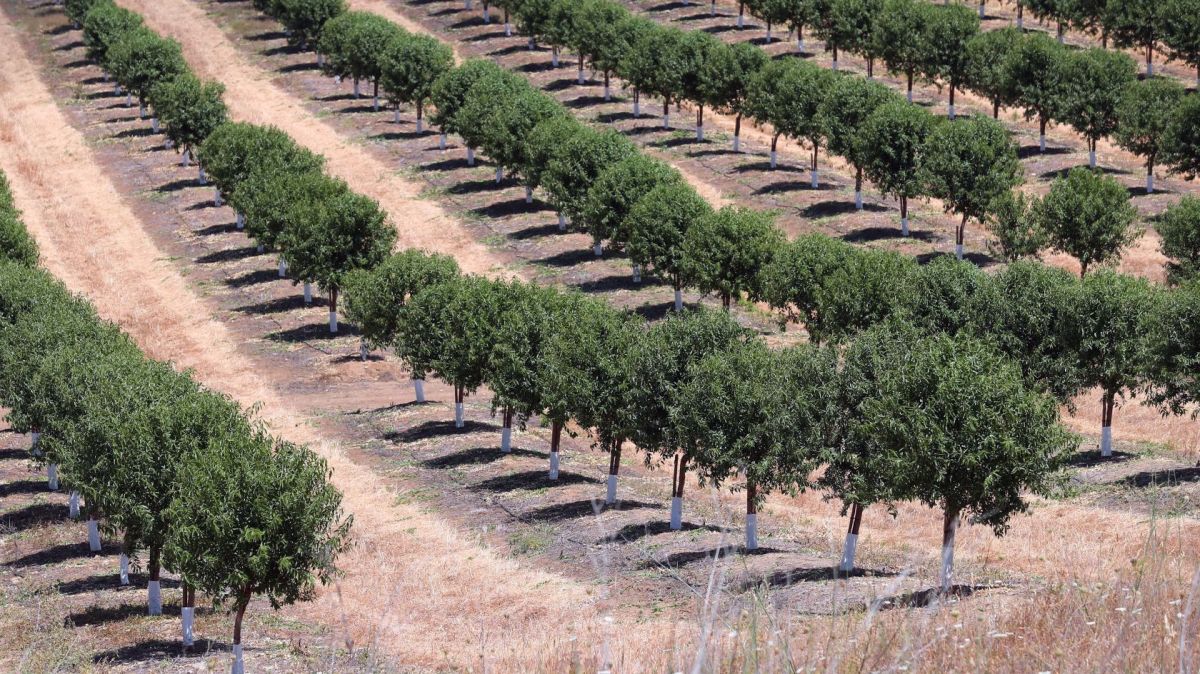Herbs are something you can dedicate a patch to in the garden, or have a selection of pots on a balcony – they will take up as little or as much space as you want. An experienced gardener might be looking to expand their garden, but if you are new to growing stuff, herbs might be the perfect starting place.
I have picked out a few you might like to begin with.
Parsley (salsa)
‘Parsley – the jewel of herbs, both in the pot and on the plate.’ (Albert Stockli). A herb that has proven itself worthy for many dishes, it was once only used for décor. Curly leaf parsley is less flavourful and is still primarily used as decoration, but flat-leaf parsley takes centre stage for flavour. The more you cut the stems, the fuller the plant will get, so a good value for money plant. Plant seeds in shallow soil about 10-15cm apart.
Chives (Cebolinha)
This is a mild member of the onion family. It needs watering frequently, keeping the soil moist but not water-logged. They can get quite big - up to 30cm tall and 30cm across, so pots need to be wide enough to accommodate their growth. You can use them when stems reach at least 15cm tall. Recommended to buy in a pot, and divide up when it gets going.
Coriander (Coentro)
This is like a stronger version of parsley with a citrus flavour and can be used to add additional taste to a variety of dishes. Keep it well watered - but not overwatered. Keep the soil damp, as dry soil can cause plants to bolt (flower prematurely). Sow seeds 1cm deep, 30cm apart, and they should germinate in 7-20 days.
Oregano (Orégano)
Great for Italian dishes or anything with tomatoes, it is becoming a popular choice for indoor herb gardens. When grown outside it acts as a perennial plant, and likes light, well-drained soil, with the chance to dry out between waterings. Plants benefit from frequent harvesting, and the flowers are a great edible topping for salads.
Mint (hortelã)
Mint will vigorously spread its roots, so it’s often best grown in a container, forcing it to stay put. There are many different types of mint – the two most commonly grown are peppermint and spearmint. All have broad, green leaves that release a distinctive, delicious scent when bruised. Relatively easy to grow from seed, but a cutting from a healthy plant is better.
Tarragon (estragão)
It has very little smell while growing as their unique flavour comes after the plant is harvested. French tarragon can only be propagated from cuttings or divisions from existing plants and is more flavourful than the Russian species. One variety is used in making the French aperitif absinthe! Transplants do best when potted in the spring or fall, and watch plants carefully whether indoors or out for infestations of whitefly or spider mites.
Sage (Salvia)
Common, or garden, sage is the variety primarily used in cooking; the strong flavour of the leaves means one plant should easily be enough. It grows well both indoors and out, as long as it receives 6 to 8 hours of direct sunlight every day. The seeds are slow to germinate, so a starter plant might be easier.
Thyme (Tomilho)
This herb has a heady aromatic smell. Plant in clay pots and let the soil dry out between waterings - it doesn’t like soggy roots. Prune back woody stems and regularly snip the tips of the plants to encourage new growth and bushy plants. It can be grown by seeds, cuttings or by root division.
Basil (manjericão)
This is one of the most popular and easiest of herbs. Fast growing, it thrives equally well in gardens and containers, and plants are ready for pruning (to encourage bushier growth) in about six weeks.
I haven’t enough room to list more, but most types are easy to grow, with the above maybe being good for starters. Some of them grow better inside, some grow better outside, but they all grow well when given the correct amount of sunlight, water, and fertiliser if necessary.
Marilyn writes regularly for The Portugal News, and has lived in the Algarve for some years. A dog-lover, she has lived in Ireland, UK, Bermuda and the Isle of Man.











I have doubts concerning gardening, about tree transplants. I heard about them on tv (that it´s a thing, I can be done); when I asked a Gardener doing work around Lisbon, he didn´t think it was a thing (so, a believer it can´t be done). Can anyone settle this for me? (Articles are welcome, and so are readers´ comments). I´d like to better understand this topic. Thank you.
By guida from Lisbon on 22 Apr 2022, 07:15